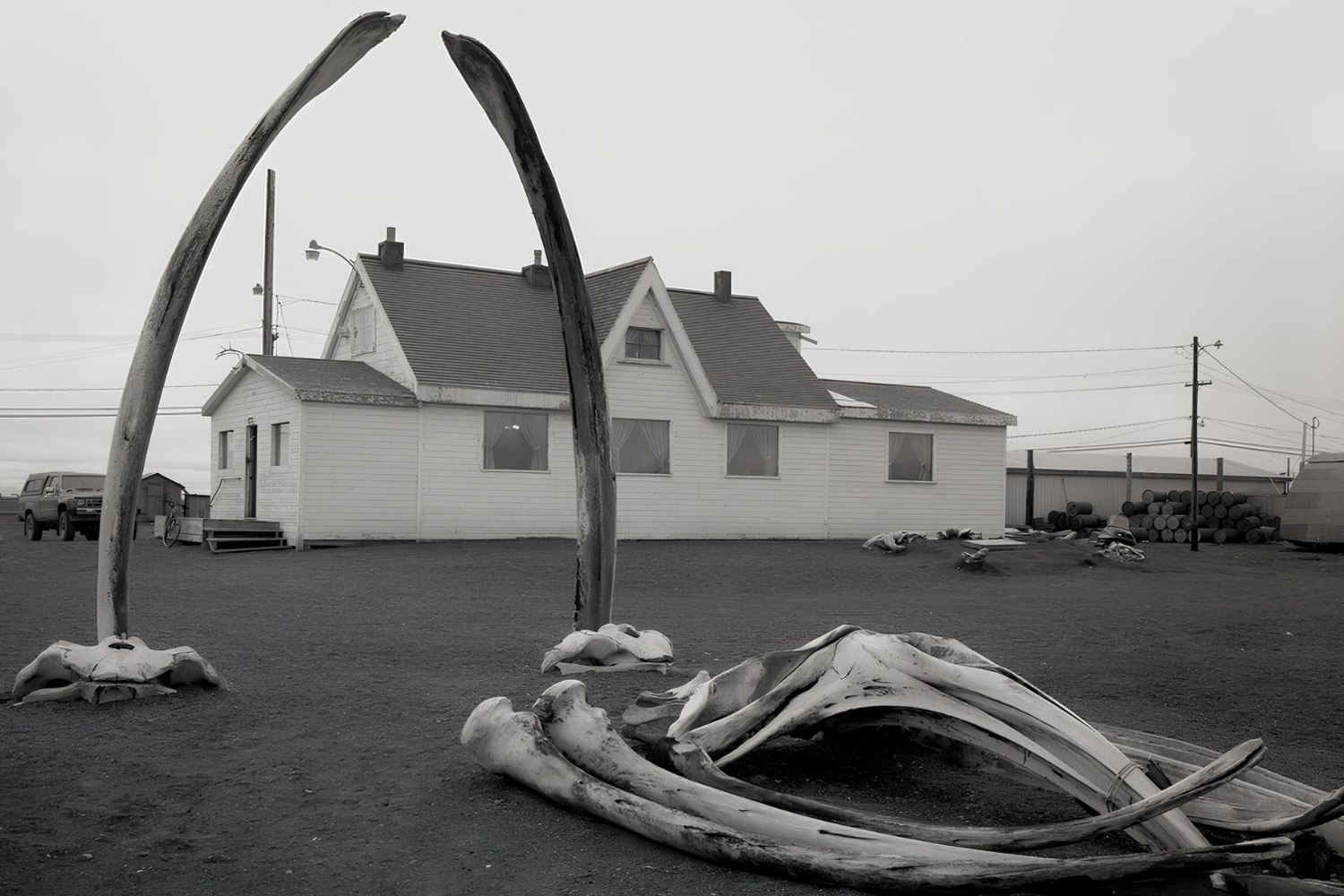Forgotten Whaling Stations Of Alaska

Have you ever wondered about the forgotten whaling stations of Alaska? These historic sites offer a glimpse into a time when whaling was a major industry. Located along the rugged Alaskan coast, these stations once bustled with activity as whalers hunted the giant mammals for oil, baleen, and meat. Today, many of these stations lie abandoned, their structures weathered by time and the elements. Visiting these sites can feel like stepping back in time, providing a unique look at a bygone era. Whether you're a history buff or just curious, exploring these forgotten places can be a fascinating adventure.
Forgotten Whaling Stations of Alaska
Alaska's rugged coastline hides many secrets, including the remnants of old whaling stations. These places once bustled with activity, but now they stand as silent witnesses to a bygone era. Let's explore some of these forgotten whaling stations.
1. Akutan
Akutan, located in the Aleutian Islands, was a significant whaling hub in the early 20th century. The station operated from 1912 to 1939, processing thousands of whales. Today, only rusting machinery and decaying buildings remain, telling tales of the past.
2. Port Armstrong
Port Armstrong, on Baranof Island, was another key site. Established in 1912, it functioned until 1933. The station's remnants include old boilers and storage tanks, slowly being reclaimed by nature. Visitors can still sense the echoes of its bustling past.
3. Port Hobron
Port Hobron, situated on Kodiak Island, was active from 1926 to 1937. This station processed hundreds of whales annually. Now, it's a ghostly site with crumbling structures and overgrown paths, offering a glimpse into Alaska's whaling history.
4. Unga Island
Unga Island, part of the Shumagin Islands, hosted a whaling station from 1912 to 1937. The station's ruins, including old docks and processing equipment, are scattered along the shoreline. It's a hauntingly beautiful spot, perfect for history buffs.
5. Port Wakefield
Port Wakefield, located on Afognak Island, operated from 1927 to 1939. The station's remains include rusted machinery and dilapidated buildings. Exploring this site feels like stepping back in time, with nature slowly reclaiming the area.
6. Port Alitak
Port Alitak, on the southern tip of Kodiak Island, was a major whaling station from 1922 to 1939. The site features abandoned buildings and rusting equipment. It's a stark reminder of the once-thriving whaling industry in Alaska.
7. Port Hobron
Port Hobron, also on Kodiak Island, was another significant whaling station. It operated from 1926 to 1937. The station's ruins, including old boilers and storage tanks, are slowly being overtaken by nature. Visitors can still sense the echoes of its bustling past.
8. Port Wakefield
Port Wakefield, located on Afognak Island, operated from 1927 to 1939. The station's remains include rusted machinery and dilapidated buildings. Exploring this site feels like stepping back in time, with nature slowly reclaiming the area.
9. Port Alitak
Port Alitak, on the southern tip of Kodiak Island, was a major whaling station from 1922 to 1939. The site features abandoned buildings and rusting equipment. It's a stark reminder of the once-thriving whaling industry in Alaska.
10. Port Hobron
Port Hobron, also on Kodiak Island, was another significant whaling station. It operated from 1926 to 1937. The station's ruins, including old boilers and storage tanks, are slowly being overtaken by nature. Visitors can still sense the echoes of its bustling past.
Preserving Alaska's Whaling History
Alaska's forgotten whaling stations offer a unique glimpse into a bygone era. These sites, scattered along the rugged coastline, tell stories of adventure, hardship, and survival. Visiting these locations, you can almost hear the echoes of whalers' shouts and the creaking of wooden ships.
Exploring these historic spots not only enriches your understanding of Alaska's past but also highlights the importance of preserving such cultural heritage. Efforts to maintain these sites ensure future generations can learn about this significant chapter in history.
Next time you plan a trip to Alaska, consider adding a visit to these whaling stations. It's a chance to step back in time and appreciate the resilience and ingenuity of those who once called these remote outposts home. Alaska's whaling history is a treasure worth discovering and protecting.

